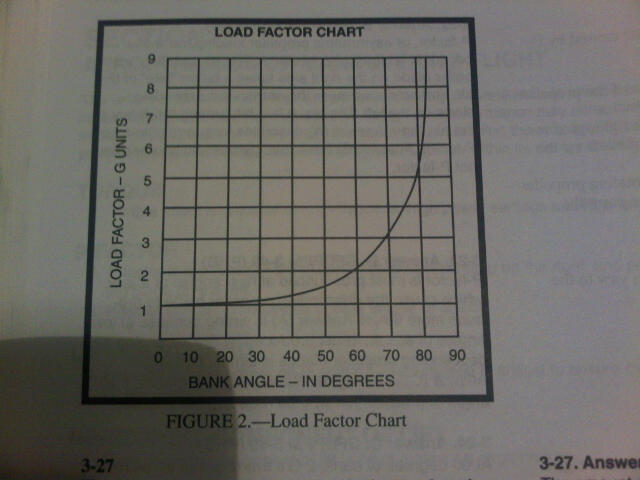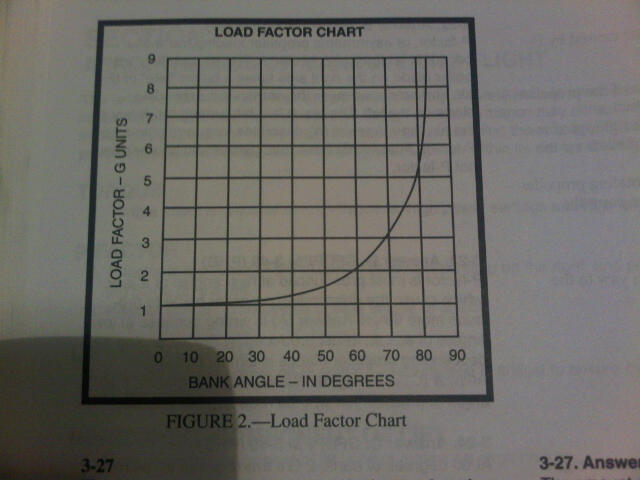Chapter 3 Aerodynamic Principles Maneuvering Flight
-
3-21In what flight condition is torque effect the greatest in a single-engine airplane?
-
Low airspeed, high power, high angle of attack.
-
Low airspeed, high power, high angle of attack
-
High airspeed, high power, high angle of attack.
-
This quiz focuses on aerodynamic principles relevant to maneuvering flight in single-engine airplanes. It covers topics such as torque effects, P-factor influences, and the structural requirements during banked turns, essential for understanding flight dynamics and safety.
(141).jpg)
Quiz Preview
- 2.
3-22The left turning tendency of an airplane caused by P-factor is the result of the
-
Clockwise rotation of the engine and the propeller turning the airplane counter-clockwise
-
Propeller blade descending on the right, producing more thrust than the ascending blade on the left.
-
Gyroscopic forces applied to the rotating propeller blades acting 90 degrees in advance of the point the force was applied.
Correct Answer
A. Propeller blade descending on the right, producing more thrust than the ascending blade on the left.Explanation
The left turning tendency of an airplane caused by P-factor is due to the propeller blade descending on the right, producing more thrust than the ascending blade on the left. This imbalance in thrust creates a torque that causes the airplane to yaw to the left.Rate this question:
-
- 3.
3-23When does P-factor cause the airplane to yaw to the left?
-
When at low angles of attack.
-
When at high angles of attack.
-
When at high airspeeds.
Correct Answer
A. When at high angles of attack.Explanation
P-factor is the phenomenon where the descending propeller blade generates more thrust than the ascending blade, causing the airplane to yaw to the left. This occurs when the airplane is at high angles of attack, which refers to the pitch of the aircraft in relation to the oncoming airflow. At high angles of attack, the airflow is disrupted and unevenly distributed across the propeller, resulting in an imbalance in thrust and causing the airplane to yaw to the left. At low angles of attack, the airflow is more evenly distributed, minimizing the effect of P-factor. High airspeeds do not directly contribute to P-factor, as it is primarily influenced by the angle of attack.Rate this question:
-
- 4.
3-24(Refer to figure 2 on page 3-10If an airplane weights 2,300 pounds, what approximate weight would the airplane structure be required to support during a 60 degree banked turn while maintaining altitude?
-
2,300 pounds
-
3,400 pounds
-
4,600 pounds
Correct Answer
A. 4,600 poundsExplanation
In a banked turn, the weight of the airplane is divided into two components: the vertical component (mg) and the horizontal component (mgsinθ). The vertical component supports the weight of the airplane, while the horizontal component provides the centripetal force required for the turn. In order to maintain altitude, the vertical component must remain constant. Therefore, the horizontal component must increase as the bank angle increases. Since the weight of the airplane is directly proportional to the horizontal component, a higher bank angle requires a higher weight to be supported. Therefore, the approximate weight the airplane structure would be required to support during a 60 degree banked turn while maintaining altitude would be 4,600 pounds.Rate this question:
-
- 5.
3-25If an airplane weights 3,300 pounds, what approximate weight would the airplane structure be required to support during a 30 degree banked turn while maintaining altitude?
-
1,200 pounds
-
3,100 pounds
-
3,960 pounds
Correct Answer
A. 3,960 poundsExplanation
During a banked turn, the weight that the airplane structure needs to support increases due to the additional force of gravity acting perpendicular to the wings. This force is directly proportional to the weight of the airplane and the tangent of the bank angle. In this case, the weight of the airplane is given as 3,300 pounds and the bank angle is 30 degrees. Using the formula weight = (supporting force) / (cosine of bank angle), we can calculate the approximate weight that the airplane structure needs to support as 3,960 pounds.Rate this question:
-
- 6.
3-26If an airplane weights 4,500 pounds, what approximate weight would the airplane structure be required to support during a 45 degree banked turn while maintaining altitude?
-
4,500 pounds
-
6,750 pounds
-
7,200 pounds
Correct Answer
A. 6,750 poundsExplanation
During a 45-degree banked turn, the weight of the airplane is distributed between the vertical and horizontal components. The vertical component of the weight remains the same at 4,500 pounds, while the horizontal component increases due to the banked turn. To maintain altitude, the lift force must equal the weight. In a 45-degree banked turn, the lift force is divided into two components, with one component supporting the vertical weight and the other component supporting the increased horizontal weight. Therefore, the approximate weight the airplane structure needs to support during the turn would be greater than the original weight, resulting in 6,750 pounds.Rate this question:
-
- 7.
3-27The amount of excess load that can be imposed on the wing of an airplane depends upon the
-
Position of the CG
-
Speed of the airplane
-
Abruptness at which the load is applied.
Correct Answer
A. Speed of the airplaneExplanation
The correct answer is "speed of the airplane". The amount of excess load that can be imposed on the wing of an airplane depends on the speed of the airplane. This is because at higher speeds, the lift generated by the wings increases, allowing the wings to bear more load. Therefore, the speed of the airplane is a crucial factor in determining the amount of excess load that can be imposed on the wing.Rate this question:
-
- 8.
3-28Which basic flight maneuver increases the load factor on an airplane as compared to straight-and-level flight?
-
Climbs
-
Turns
-
Stalls
Correct Answer
A. TurnsExplanation
Turns increase the load factor on an airplane compared to straight-and-level flight because they involve a change in direction and a centripetal force is required to keep the airplane in the turn. This force acts perpendicular to the wings and increases the load on the wings, thereby increasing the load factor. Climb maneuvers do not necessarily increase the load factor, and stalls actually decrease the load factor as the airplane loses lift.Rate this question:
-
- 9.
3-29What force makes an airplane turn?
-
The horizontal component of lift
-
The vertical component of lift
-
Centrifugal force
Correct Answer
A. The horizontal component of liftExplanation
The horizontal component of lift is the force that makes an airplane turn. As an airplane moves through the air, the wings generate lift, which is a force perpendicular to the direction of motion. This lift force can be resolved into two components: vertical and horizontal. The vertical component counteracts gravity and keeps the airplane in the air, while the horizontal component acts towards the center of the turn, causing the airplane to change its direction. Therefore, the horizontal component of lift is responsible for making an airplane turn.Rate this question:
-
- 10.
3-30During an approach to a stall, an increased load factor will cause the airplane to
-
Stall at a higher airspeed
-
Have a tendency to spin
-
Be more difficult to control
Correct Answer
A. Stall at a higher airspeedExplanation
During an approach to a stall, an increased load factor will cause the airplane to stall at a higher airspeed. This is because an increased load factor increases the total weight on the wings, making it harder for the wings to generate enough lift to maintain level flight. As a result, the airplane will stall, or lose lift, at a higher airspeed than it would under normal conditions.Rate this question:
-
- 11.
3-32Select the four flight fundamentals involved in maneuvering an aircraft.
-
Aircraft power, pitch, bank, and trim
-
Starting, taxiing, takeoff, and landing.
-
Straight-and-level flight, turns, climbs, and descents.
Correct Answer
A. Straight-and-level flight, turns, climbs, and descents.Explanation
The correct answer is "Straight-and-level flight, turns, climbs, and descents." These four flight fundamentals are essential for maneuvering an aircraft. Straight-and-level flight refers to maintaining a constant altitude and heading. Turns involve changing the direction of the aircraft by banking or tilting it. Climbs and descents refer to changing the altitude of the aircraft, either by ascending or descending. These four fundamentals are crucial for controlling and navigating an aircraft in different flight situations.Rate this question:
-
Quiz Review Timeline (Updated): Mar 20, 2023 +
Our quizzes are rigorously reviewed, monitored and continuously updated by our expert board to maintain accuracy, relevance, and timeliness.
-
Current Version
-
Mar 20, 2023Quiz Edited by
ProProfs Editorial Team -
Jan 13, 2010Quiz Created by
Jwmann
 Back to top
Back to top




